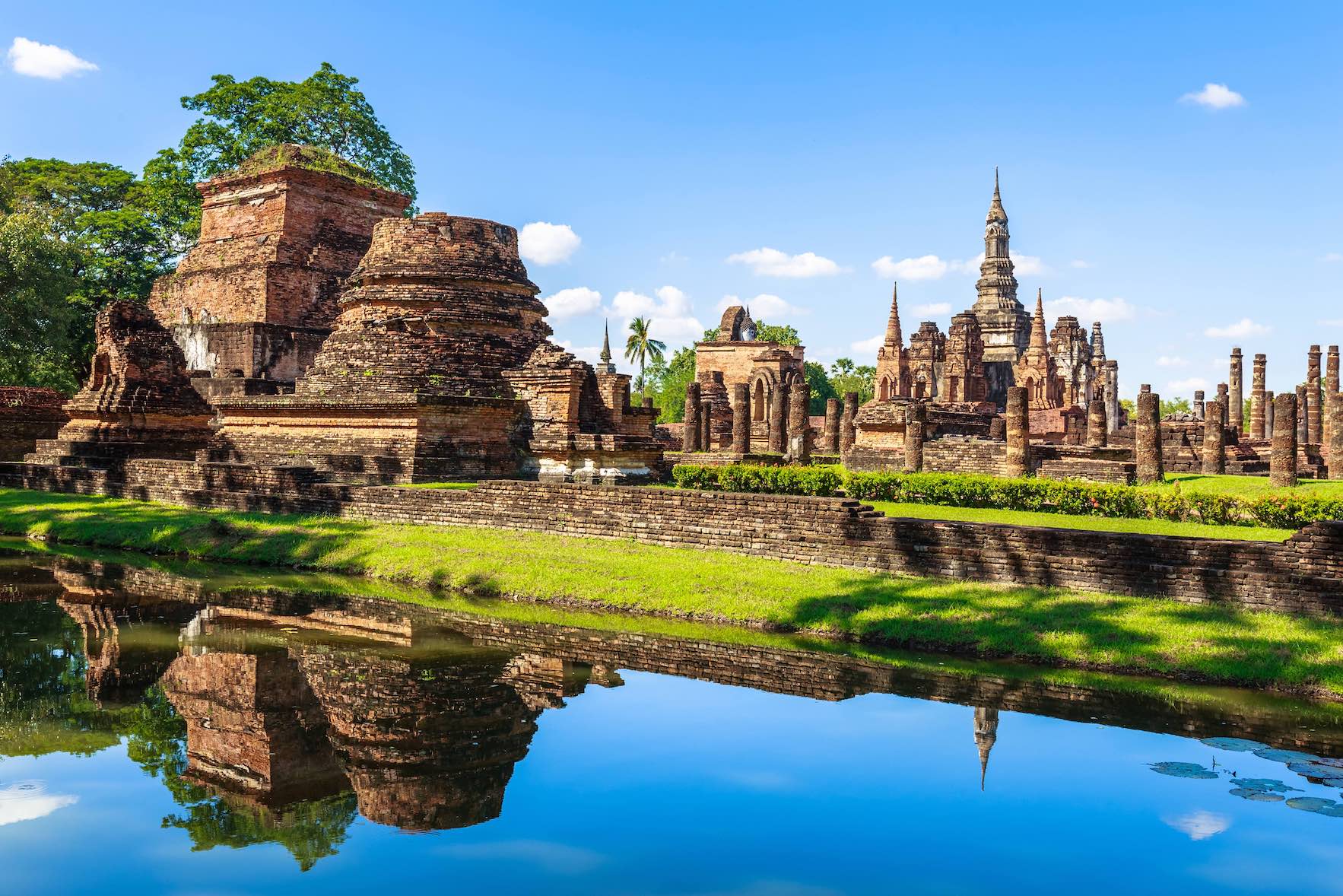Hey there! Ever wondered about the rich history behind the stunning Khmer temples in Thailand? Well, get ready to embark on a journey through time as we delve into the fascinating world of these ancient architectural marvels. Whether you’re a history enthusiast, an art lover, or simply someone who appreciates awe-inspiring sights, you’re in for a treat!
When you think of Thailand, lush tropical beaches and vibrant city life might be the first things that come to mind. But did you know that the country is also home to some of the most captivating Khmer temples outside of Cambodia? These temples, influenced by the Khmer Empire from centuries ago, bear testament to a shared history and cultural ties between the two nations.
Stepping foot into these temples feels like stepping back in time. From the intricate stone carvings depicting mythical creatures and divine beings, to the towering spires and captivating courtyards, every element of these temples tells a story. And in the article, we’ll uncover the history behind these architectural wonders, explore their significance, and offer insights into the best places to visit to fully experience the beauty of Khmer temples in Thailand.
So, buckle up and get ready to immerse yourself in the rich history of Khmer temples in Thailand. Whether you’re planning a visit or simply intrigued by ancient civilizations, this article is your ultimate guide to unraveling the mysteries behind these magnificent structures. Stay tuned to learn more about the awe-inspiring world of Khmer temples in Thailand!
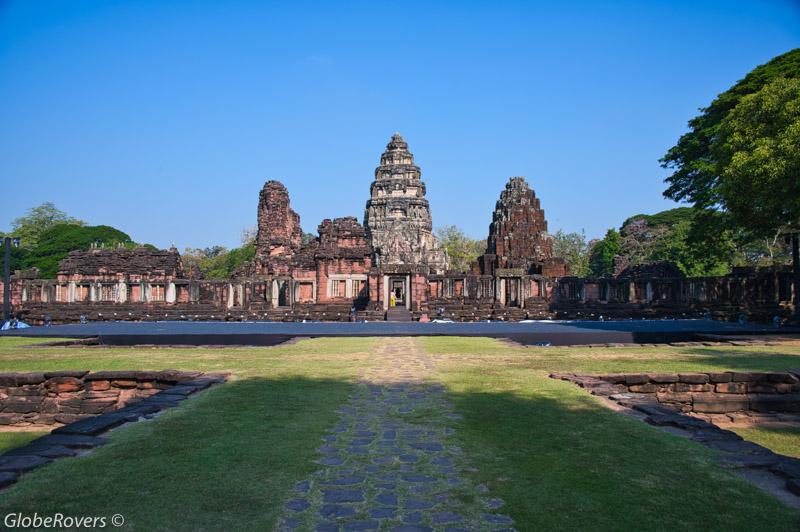
Introduction
Welcome to the fascinating world of Khmer temples in Thailand. In this article, we will take you on a journey through the rich history and cultural significance of these ancient structures. From the rise and fall of the Khmer Empire to the influence of Hinduism and Buddhism on the empire, we will explore the captivating stories behind these temples. We will also delve into the various regions of Thailand where Khmer temple complexes are found and the distinct architectural styles that showcase the brilliance of Khmer art and architecture.
The Khmer Empire
The rise and fall of the Khmer Empire
The Khmer Empire, which thrived from the 9th to the 15th century, was one of the most powerful and influential empires in Southeast Asia. It encompassed the territory of present-day Cambodia, parts of Thailand, Laos, and Vietnam. The empire was known for its impressive military power, extensive trade networks, and vibrant cultural achievements.
However, the empire eventually faced a decline due to numerous factors, including internal conflicts, external invasions, and the abandonment of major urban centers. Despite its downfall, the Khmer Empire left behind a remarkable legacy that is still visible today through its architectural and artistic achievements.
Khmer architectural and artistic achievements
One of the most enduring legacies of the Khmer Empire is its architectural and artistic achievements, particularly the construction of magnificent temples. These temples, built using intricate stone-carving techniques, served as religious and ceremonial centers for the empire. They were also testaments to the skill and creativity of the Khmer people.
The most famous example of Khmer temple architecture is the iconic Angkor Wat in Cambodia. It is the largest religious monument in the world and a UNESCO World Heritage Site. The temple complex of Angkor Wat consists of several impressive structures, each representing a unique blend of Hindu and Buddhist influences.
Influence of Hinduism and Buddhism on the Khmer Empire
The Khmer Empire was deeply influenced by both Hinduism and Buddhism. Hinduism played a significant role during the early stages of the empire, with many temples dedicated to Hindu deities such as Shiva and Vishnu. As the empire evolved, Buddhism gained prominence, leading to the incorporation of Buddhist elements into temple designs and practices.
This blend of Hindu and Buddhist influences created a unique religious and cultural landscape in the Khmer Empire. Temples became places of worship and pilgrimage, where people could express their devotion to both Hindu and Buddhist deities. The coexistence of these two belief systems contributed to the vibrant and diverse religious practices of the Khmer people.
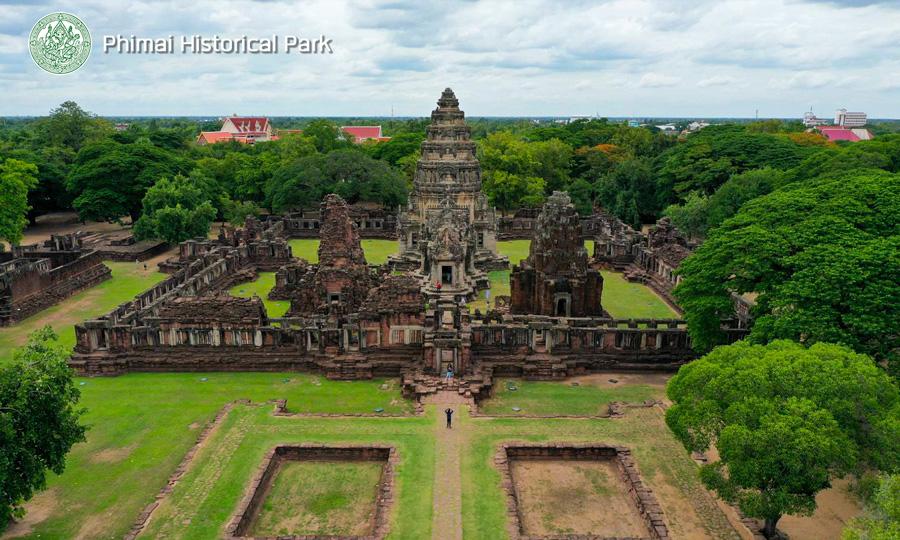
Khmer Temples in Thailand
Significance of Khmer temples in Thailand
Khmer temples hold great significance in Thailand, serving as a reminder of the historical and cultural connections between the Khmer Empire and the Thai Kingdoms. These temples serve as important historical sites and tourist attractions, attracting visitors from around the world to witness the architectural grandeur and cultural heritage they embody.
Different regions with Khmer temple complexes
Khmer temple complexes can be found in various regions of Thailand, each showcasing unique architectural styles and historical context. The northeastern region of Thailand, known as Isan, is home to several well-preserved Khmer temples. The central region of Thailand, particularly the provinces of Lopburi and Ayutthaya, also contains magnificent Khmer temple structures.
Additionally, the northern region of Thailand, specifically the province of Chiang Mai, houses some Khmer-style temples that are influenced by the architectural designs of the Khmer Empire.
Variety of architectural styles in Thai Khmer temples
Thai Khmer temples exhibit a variety of architectural styles that reflect the evolution of Khmer art and architecture over time. The earlier temples, inspired by Angkor Wat, feature towering prangs (towers) adorned with intricate carvings of decorative motifs and mythical creatures.
On the other hand, the later temples, influenced by the Khmer Empire’s decline and declining influence, demonstrate a shift towards a more local and distinct architectural style. These temples incorporate elements of both Khmer and local Thai designs, creating a fusion of artistic expression.
Notable Khmer Temples in Thailand
Prasat Hin Phimai
One of the most significant Khmer temples in Thailand is Prasat Hin Phimai. Located in Nakhon Ratchasima province, this temple complex dates back to the 11th century and is dedicated to Lord Shiva. The temple’s main tower, known as the prang, is an architectural masterpiece, showcasing intricate carvings and a sense of grandeur.
Prasat Phanom Rung
Prasat Phanom Rung, located in Buriram province, is another remarkable Khmer temple in Thailand. This temple complex was constructed on the rim of an extinct volcano, with its design aligned with astronomical alignments. The temple’s stunning stairway and intricate stone carvings make it a popular destination for tourists and history enthusiasts.
Prasat Phimai
Prasat Phimai, situated in Nakhon Ratchasima province, is often referred to as the “Angkor Wat of Thailand.” It is the largest and best-preserved Khmer temple complex in the country. The temple’s impressive architecture, intricate carvings, and historical significance make it a must-visit destination for those interested in learning about the Khmer Empire’s influence in Thailand.

Historical Significance
Importance of Khmer temples in understanding Southeast Asian history
Khmer temples play a vital role in understanding the history of Southeast Asia, particularly the interactions and influences between different kingdoms and empires in the region. They provide valuable insights into the political, religious, and cultural exchanges that shaped the region’s history.
Relations between the Khmer Empire and other kingdoms
The Khmer Empire had extensive diplomatic relations with neighboring kingdoms, including the Thai kingdoms. These relations were marked by both cooperation and conflicts over territorial disputes and political control. The presence of Khmer temples in Thailand serves as a testament to the historical connections between the Khmer Empire and the Thai kingdoms.
Role of the temples in religious and political contexts
Khmer temples played a dual role in the religious and political contexts of the Khmer Empire. They served as spiritual sanctuaries where rituals and ceremonies were performed, offering a place for people to express their religious devotion. Simultaneously, these temples were symbols of power and authority, showcasing the empire’s grandeur and might.
Conservation and Preservation Efforts
Challenges faced in preserving Khmer temples
Preserving Khmer temples in Thailand is a challenging task due to various factors such as natural decay, weathering, and human activities. For centuries, these temples have been subject to environmental factors and, more recently, the impact of tourism. Efforts are constantly being made to protect and restore these architectural wonders to ensure their longevity.
Role of government and non-profit organizations in conservation
To combat the challenges faced in preserving Khmer temples, the Thai government and non-profit organizations have taken active roles in conservation efforts. These organizations work hand in hand to implement restoration projects and raise awareness about the importance of preserving these historical landmarks.
Tourism impact on temple preservation
Tourism plays a significant role in the preservation of Khmer temples. While it brings attention and financial resources to aid in restoration and conservation efforts, there is also the risk of damage caused by excessive visitor footfall. Striking a balance between tourism and preservation is crucial to ensure the long-term sustainability of these temples.
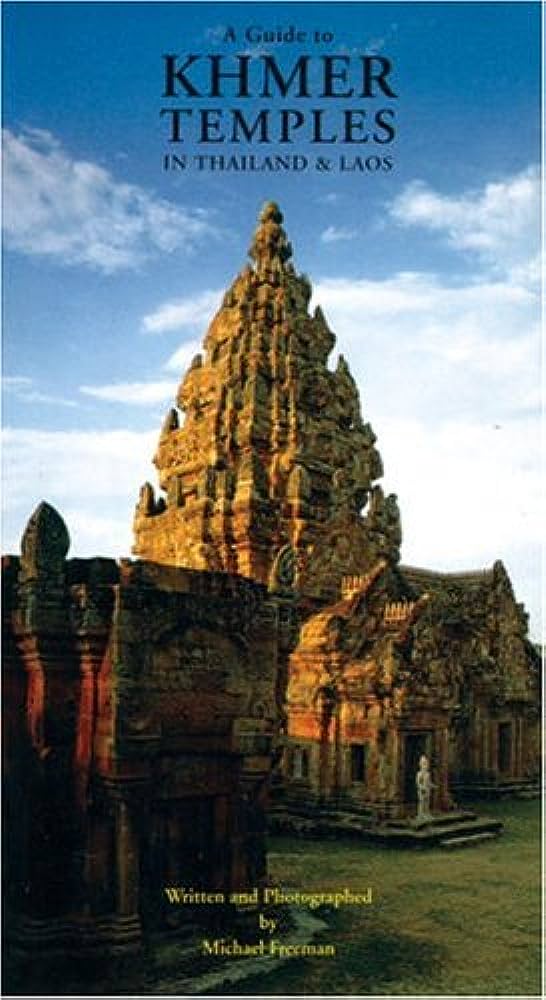
Khmer Temples and Cultural Tourism
Attractions for visitors to Khmer temples in Thailand
Khmer temples in Thailand offer a wealth of attractions for visitors. Beyond their historical and architectural significance, these temples provide a glimpse into the vibrant religious and cultural practices of the region. Visitors can explore the intricately carved structures, witness religious ceremonies, and learn about the customs and traditions associated with these temples.
Promotion of cultural tourism by local communities and authorities
Local communities and authorities play a vital role in promoting cultural tourism surrounding Khmer temples. They organize various cultural events, festivals, and exhibitions that provide visitors with a deeper understanding of the historical and cultural significance of these temples. Such initiatives not only attract tourists but also create opportunities for local economic growth.
Impact of tourism on local economy
Tourism centered around Khmer temples has a significant impact on the local economy. It generates employment opportunities for local communities, particularly in the hospitality and tourism sectors. Additionally, tourism revenue contributes to the development of infrastructure and community-based projects, improving the overall quality of life in the surrounding areas.
Religious Significance
Continued religious practices and ceremonies at Khmer temples
Despite the passage of centuries, Khmer temples continue to hold religious significance for many people. They remain active places of worship, where Buddhist and Hindu ceremonies are conducted. These religious practices connect the present with the past, preserving ancient traditions and beliefs.
Influence of Khmer temples on local religious beliefs and customs
Khmer temples have had a profound influence on local religious beliefs and customs. They have served as cultural and religious centers, shaping the spiritual practices of the local communities. The temples have not only preserved the traditions of the past but have also influenced the development of unique religious practices that have evolved over time.
Interaction between Buddhism and Hinduism in temple rituals
Khmer temples reflect the interaction between Buddhism and Hinduism in temple rituals. The syncretism of these two religions is evident in the architectural elements, iconography, and rituals performed at the temples. This blend of religious practices has resulted in a distinct religious and spiritual landscape that is unique to the Khmer temples of Thailand.
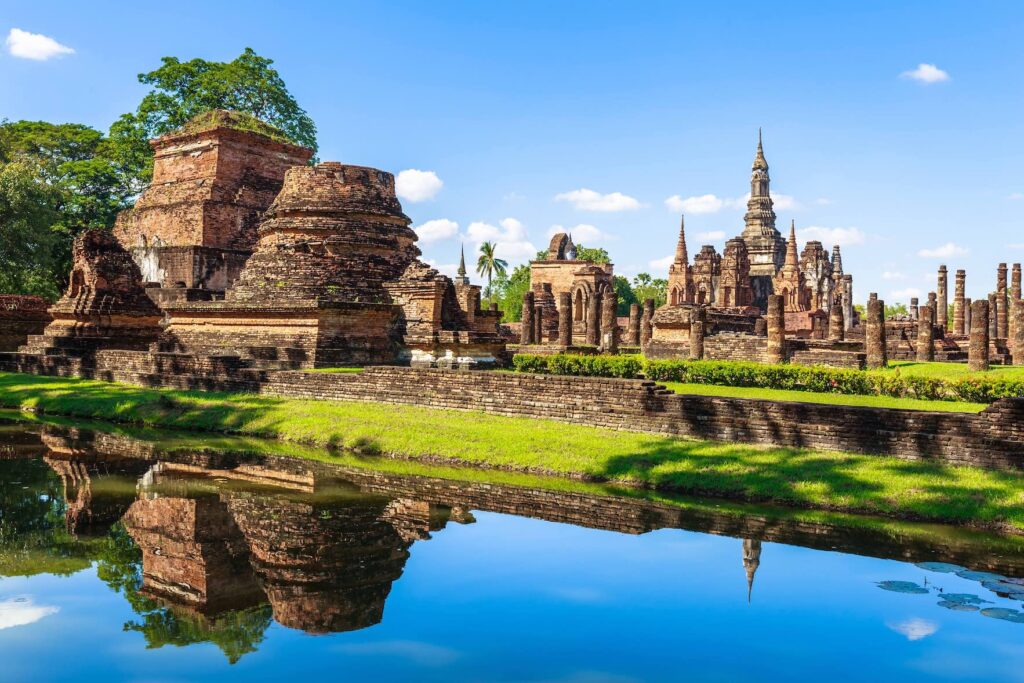
Art and Architecture
Distinctive architectural features of Khmer temples
Khmer temples are renowned for their distinctive architectural features. The towering prangs, intricate stone carvings, and ornate decorations are some of the defining characteristics of these temples. These architectural elements are not only visually stunning but also serve religious and symbolic purposes, reflecting the beliefs and aspirations of the Khmer people.
Symbolism and meaning behind temple motifs
The carvings and motifs found on Khmer temples hold deep symbolic meanings. These motifs often depict mythological narratives, historical events, and religious figures. They serve as visual representations of the cosmological beliefs and cultural values of the Khmer Empire.
Evolution of Khmer art and architecture over time
Khmer art and architecture have evolved over the centuries, influenced by various cultural and historical factors. The early temples display a strong resemblance to the grandeur of Angkor Wat, while the later temples demonstrate a fusion of Khmer and local Thai architectural styles.
As the Khmer Empire declined, local Thai influences became more prominent, resulting in a unique architectural style that distinguishes Thai Khmer temples from their Cambodian counterparts.
Conclusion
Exploring the rich history of Khmer temples in Thailand is a captivating journey that unveils the architectural brilliance, cultural significance, and religious practices of the Khmer Empire. These temples not only serve as important historical sites but also contribute to the development of cultural tourism and the preservation of ancient traditions. By immersing yourself in the enchanting world of Khmer temples, you gain a deeper understanding of Southeast Asia’s vibrant past and the enduring influence of the Khmer Empire. So, embark on this extraordinary adventure and discover the wonders of Khmer temples in Thailand.
